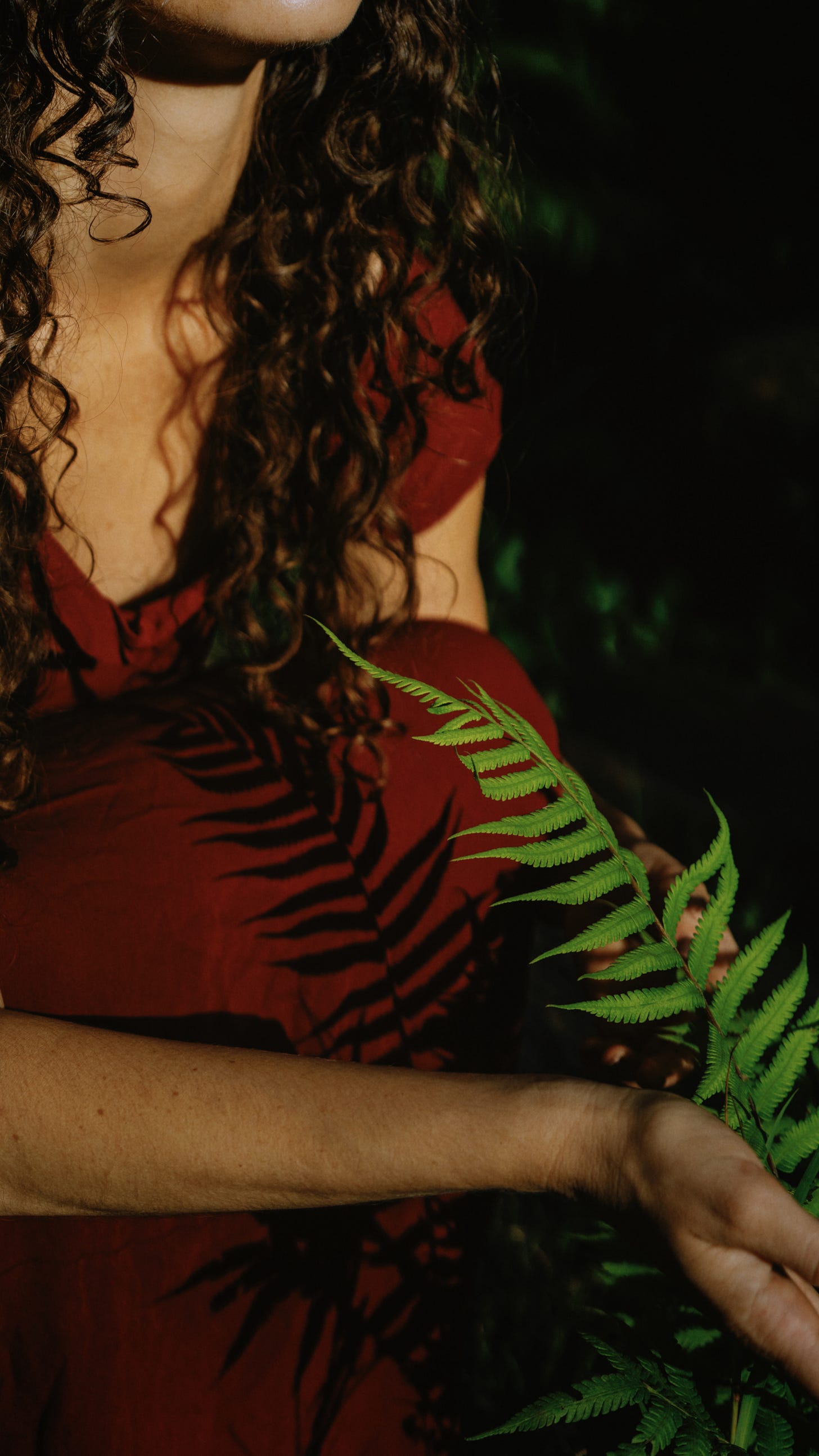How a Relational Worldview Transforms Fashion-Textiles
Beyond the Garment: Tuning into Fashion-Textiles through the lens of Relationships

In today’s post, I want to introduce you to this worldview of relationality. It’s a lot to unpack but let lightly begin and I’ll continue over several posts.
In our hyper-connected yet strangely disconnected world, the idea of relationality offers a different way of being in the world that also informs a different way of engaging with and creating fashion-textiles. Throughout my four-year doctoral journey exploring pluriversal approaches to fashion-textiles, I've discovered how this way of being in the world—which emphasises the inherent interconnectedness of all things—has the potential to fundamentally transform how we create, engage with, and understand clothing, materials, creativity and all of life itself. Let me unpack some of this in more detail.
When we look at garments, what do we see? Products? A status symbol? Identity? A functional necessity?
What if instead, we could sense a complex web of relationships?
An ecosystem of multiple hands, the Earth, more-than-humans, all that have collaborated to create that piece that you are wearing today.
The conventional fashion industry operates within what scholars call a "one-world-world"—a paradigm that prioritises separation, efficiency, and control. This is a system that divorces garments from their origins, from their magic, disconnects makers from wearers, and treats materials as lifeless resources to be exploited.
There are other ways to engage with materials and garments and their creation and scholarly processes.
Ways that are more aligned with the heart and what I believe is truly a more holistic and regenerative way of being in the world.
I know this because I have been playing, experimenting and embodying within this space for a while.
And I have found that -
A relational worldview invites us into a deeper engagement with all of life.
More intimacy with creating, with researching, with work, and all of life itself.
It moves us beyond viewing fashion-textiles as static objects toward relationships that are rooted in care, reverence and reciprocity.
Fashion-textiles are made up of countless interconnected relationships: between bodies and cloth, between humans and more-than-humans, between places and materials, between ancestors and future generations to come.
And starting to attune into this, CHANGES EVERYTHING.
Let me give you just one example here of how this has emerged within my own practice:
During my research, I found myself drawn to researching and reconnecting to my Slavic heritage and the textile practices that were practiced pre-Christianity in pagan times. My grandmother's meticulously hand-embroidered pieces had always fascinated me as a child. I would stare at these for hours, drawn to their beauty as well as the energy they held, which I’m only beginning to articulate now.
In the little written research I’ve been able to find, in pre-Christian Slavic traditions, textiles weren't merely functional items but were viewed as mediators between physical and metaphysical worlds.
The very act of creating textiles was seen as mythological—a process of preserving sacred knowledge for each community as threads were woven into the past, present, and future worlds.
Women held the responsibility of creating the well-being of the community, through the cultivation of fibres and making of materials, cloths and garments.
As these were created women would share dreams and whisper prayers and spells, symbolically weaving them as the cloths were made.

As I stitched my own textiles over the years of my research, I contemplated this deeper meaning—the power and potency of each stitch, how this awareness brought me closer into relationality with my ancestry.
A few years ago, whilst embroidering on my veranda that overlooked a valley on Bundjalung Country, I wrote in my journal:
"As I stitch, what are the ancient worlds I am connecting to through cloth and the physical act of stitching? As I closely observe the hand-made cloths of my Grandmother, noting that this is how I learnt to embroider many years ago, through observation of these artifacts. I wonder about their stories, what they've seen, and the hands that have touched them. As I stitch into this cloth now, what are the ancestral stories I am connecting to and what are the new stories I want to tell?"
I can feel how each garment and textile holds and tells a story of multiple relationships—some intentional, others not so much.
I’m often wondering:
What are the stories we are wanting to tell through our creations?
How do we participate more consciously in sharing stories through what we create?
Attuning to a relational worldview for how we create fashion-textiles in the world, changes how we do everything.
I have so much to share on this subject, and I’m going to leave this post here and continue in the next ones, sharing some practices I’ve been playing with too in this realm.
Thanks for reading. I’d love to hear your thoughts below - how are you engaging in your practice in relational ways?
Loads of love,
Ania xx

